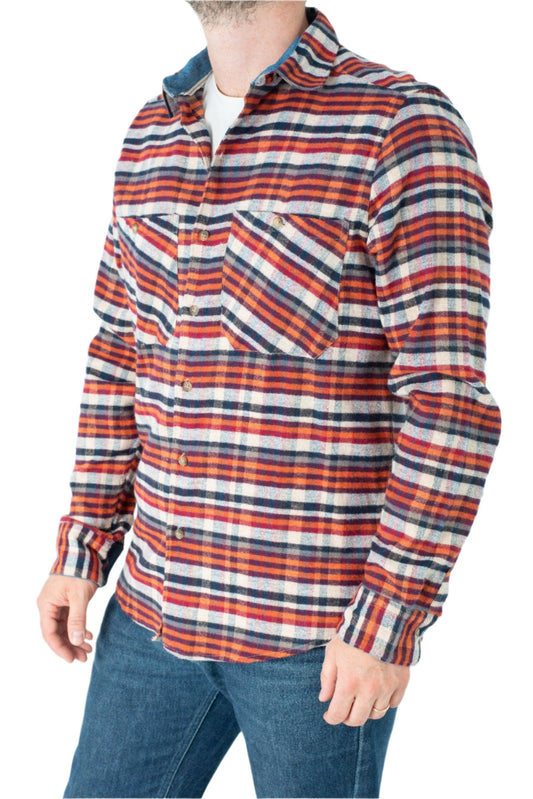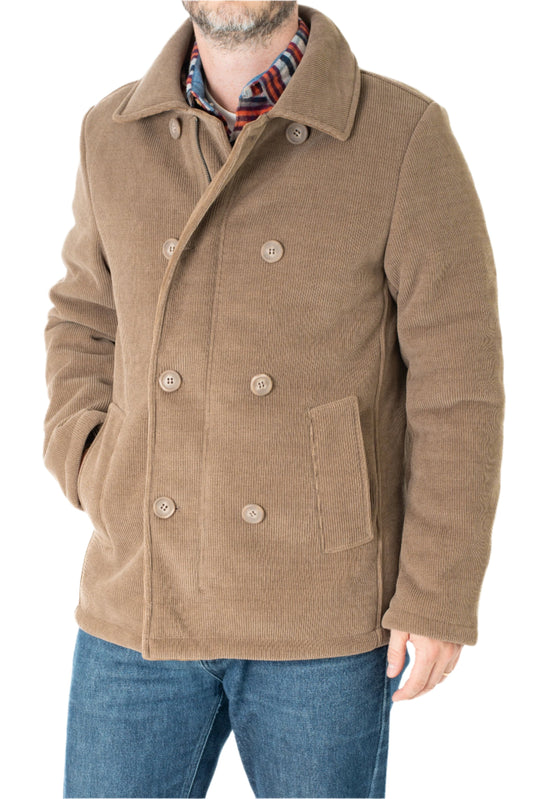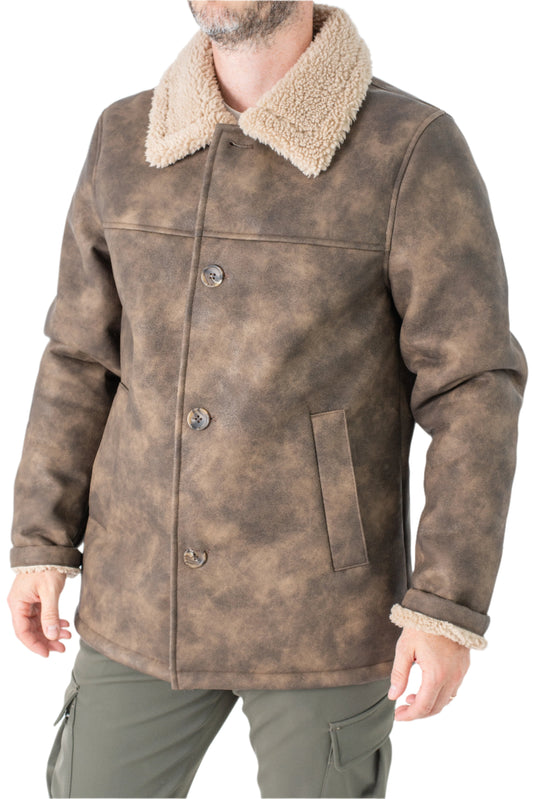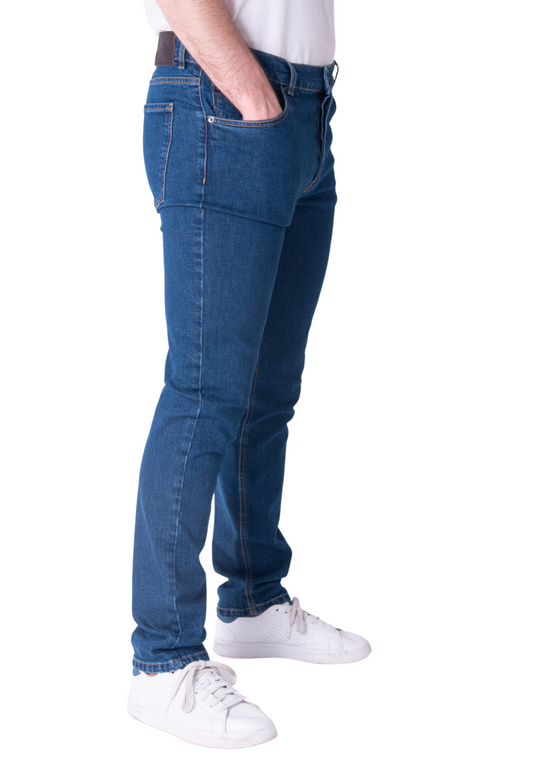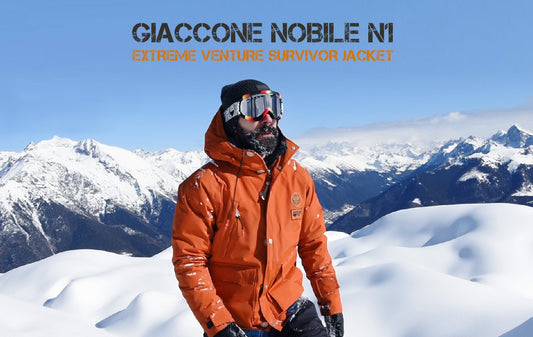Every one of us has had to resort to using one or more knots in our daily lives, whether at work, at home, or during leisure time. However, the results obtained are not always satisfactory, or the correct knot may not have been tied.
Each knot has its purpose, and in this article, we will explain the differences between them!
KNOTS: USES AND VARIETIES
Knowing how to tie knots is one of the fundamental skills for outdoor experiences, from tying down a camping tent or backpacks to securing a roof rack on your car before a trip. There are different types of knots that adapt to every need, but before discussing them, remember: A well-tied knot is one that withstands all efforts and is easy to untie!

STOPPER KNOTS
WRAPPING KNOTS
Used for rescue operations, wrapping knots are tied directly around an object, either to secure something to it or to tighten a rope around it. They are divided into two further groups based on the anchoring method. In the first group, we find: the single, double, and triple wraps (on a spar or ring), the slipped buntline hitch, the clove hitch. Belonging to the second group are: the half hitches, the slipped half hitch, the anchor hitch, single, double, and triple, the timber hitch.
SHORTENING KNOTS
Under no circumstances should a rope be cut as it will lose its value. When the length of the rope is excessive or a part of it is worn out, one can resort to one of these knots to avoid the need for cutting. The most common and useful are the sheepshank knot and the alpine butterfly loop.
SLIP KNOTS
Among the oldest knots known to humans, they are also called loops or nooses. Their characteristic is to tighten around the objects they are made on based on the pulling force exerted; the most "famous" one is indeed the hangman's knot
Maritime and mountain knots are essential skills for climbers, sailors and boaters, as they ensure the safety and efficiency of various tasks. Mastery of these knots enables to handle lines effectively, secure sails and equipment, and navigate the challenges of the sea or the mountain with confidence.


